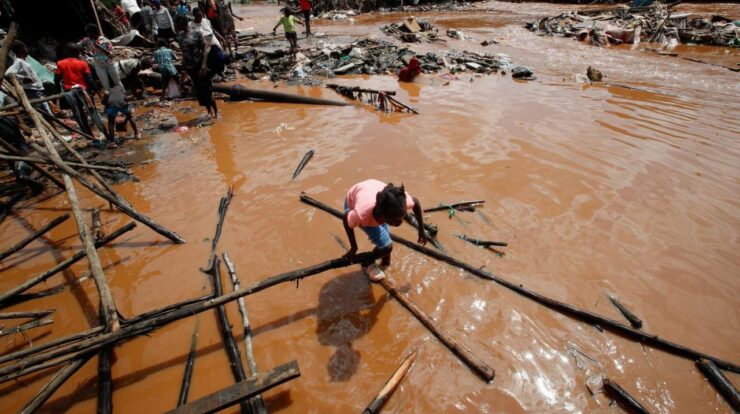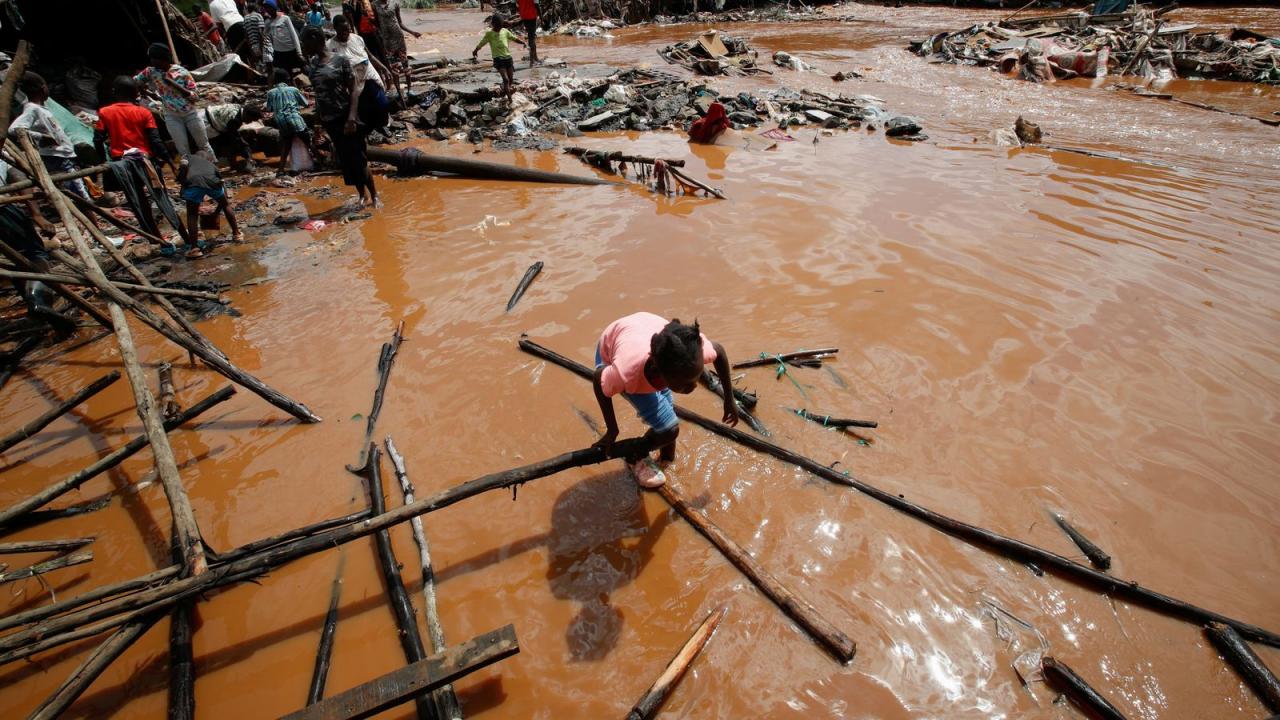
Kenya nairobi flooding – Kenya’s Nairobi Grapples with Devastating Floods, a gripping account that delves into the causes, consequences, and urgent need for solutions to this pressing issue. Join us as we navigate the complexities of this urban crisis, uncovering the challenges faced by Nairobi’s infrastructure, economy, and population.
The relentless downpours and inadequate drainage systems have transformed Nairobi’s streets into raging rivers, submerging homes, businesses, and critical infrastructure. The city’s once-bustling metropolis now struggles to cope with the aftermath, grappling with the economic and social consequences of this catastrophic flooding.
Overview of Flooding in Kenya’s Nairobi

Flooding has become a persistent issue in Nairobi, Kenya’s capital city, causing significant damage to infrastructure, disrupting economic activities, and posing health risks to the population. Heavy rainfall, coupled with inadequate drainage systems and rapid urbanization, has exacerbated the problem.
Causes of Flooding in Nairobi, Kenya nairobi flooding
Nairobi’s flooding primarily stems from heavy rainfall during the rainy seasons, which often overwhelms the city’s drainage systems. Poorly maintained and insufficient drainage channels contribute to the accumulation of water, leading to flooding.
Rapid urbanization has also played a role in the increased flooding. As the city expands, green spaces and natural water retention areas are converted into impervious surfaces such as buildings and roads, reducing the ground’s ability to absorb rainfall.
Impacts of Flooding on Nairobi’s Infrastructure
Flooding in Nairobi has caused substantial damage to infrastructure, including roads, bridges, and buildings. Road closures and traffic disruptions have become common during heavy rainfall, hindering mobility and economic activities.
Collapsed bridges and damaged buildings have also been reported, posing safety hazards and disrupting essential services. Flooding has also affected electricity and water supply, exacerbating the challenges faced by residents.
Conclusion: Kenya Nairobi Flooding

As the waters recede, Nairobi’s resilience will be tested. The city’s leaders must prioritize flood prevention and management, implementing sustainable solutions to mitigate future disasters. The well-being of Nairobi’s residents and the city’s long-term prosperity depend on it.
Helpful Answers
What are the primary causes of flooding in Nairobi?
Nairobi’s flooding is primarily attributed to heavy rainfall, poor drainage systems, and rapid urbanization, which has increased impervious surfaces and reduced water absorption.
How has flooding impacted Nairobi’s infrastructure?
Flooding has caused widespread damage to roads, bridges, buildings, and other infrastructure, disrupting transportation, communication, and essential services.
What are the social consequences of flooding in Nairobi?
Flooding has led to the displacement of residents, increased health risks, and psychological trauma, particularly among vulnerable populations.





